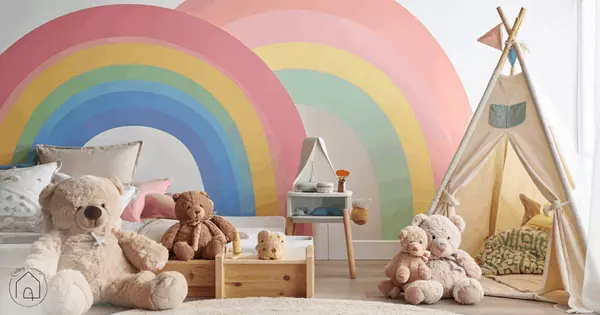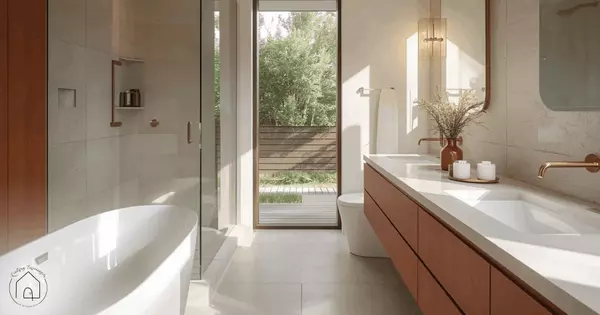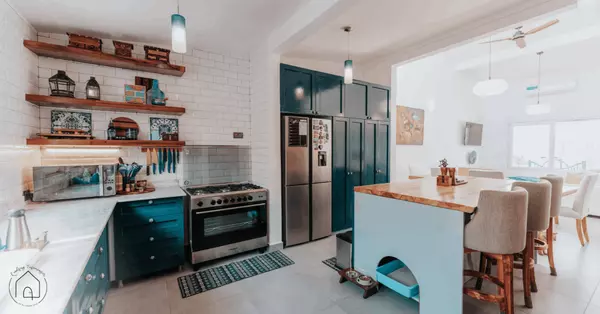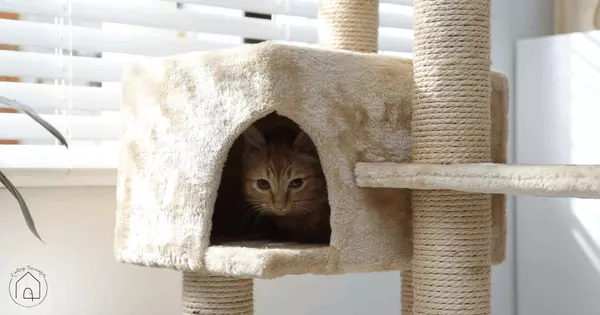Pet-Proofing: What You Might Be Missing
Pets rely on us to make their environment safe. Many common household items can pose hidden risks. Wires, cords, and small objects can easily be chewed or swallowed. Block off unsafe areas like garages or storage rooms. Watch for plants that could be toxic if eaten. Some cleaning supplies can harm pets even if used correctly. Store them where your pet can’t reach. Food left on low counters may tempt dogs or cats. Make sure trash cans are covered or placed out of reach. Sharp tools or breakable items should be stored safely. If your pet has been acting differently, it could be a sign something's wrong. It’s important to pay attention.
Your flooring matters more than you might think. Slick surfaces can cause pets to slip and hurt themselves. Rugs can help, but make sure they don’t slide around. Pet-safe mats can give extra grip in tricky areas. Keep floors free from scattered toys or laundry. Regular sweeping helps remove harmful debris or small items. Check furniture for loose nails or staples if your pet likes to chew. If your pet hides often, look for quiet places that are secure but not dangerous. Avoid tight spaces where they could get stuck. Open windows or screen doors should always be secured. Don’t overlook pet-proofing outdoor areas too. Hazards outside can be just as serious.
Changes in your pet’s behavior can be early warnings. If they avoid a certain room, investigate why. Look for drafts, sharp edges, or unfamiliar scents. Pets that suddenly become more anxious or aggressive may feel unsafe. Scratching at walls, doors, or furniture could mean something’s wrong in their space. Accidents inside the home may suggest they’re scared or stressed. Sudden loss of appetite can also be a red flag. Watch how they move through your home. Do they hesitate at stairs or certain doorways? Are they favoring a leg or paw? These little details could point to a hazard. Trust your instincts when something feels off.
Routine checks make a big difference in pet safety. Walk through your home like your pet would. Get down on their level and see what they see. Secure wires, move chemicals, and cover sharp edges. Talk to your vet about signs of home-related stress. They may spot something you haven’t noticed. Every home can be made safer with small adjustments. Keep up with maintenance and stay alert to new risks. Make safety part of your regular cleaning routine. Your pet can’t tell you what’s wrong, but they show it in behavior. A safer space means a happier, healthier pet. It’s always worth the effort.
Categories
Recent Posts












